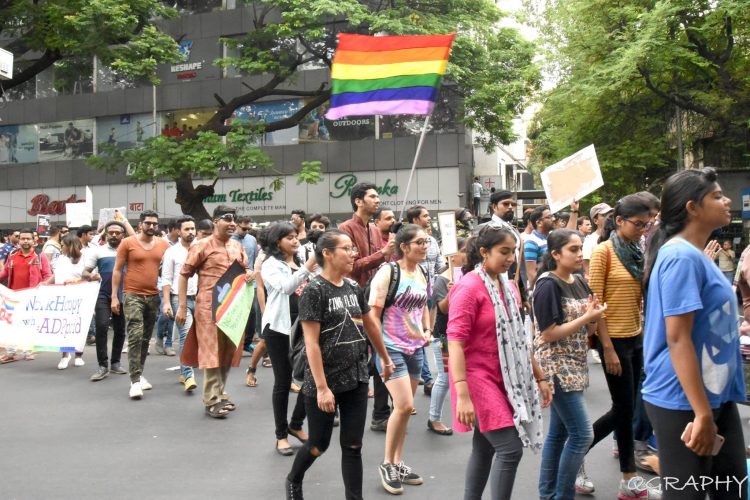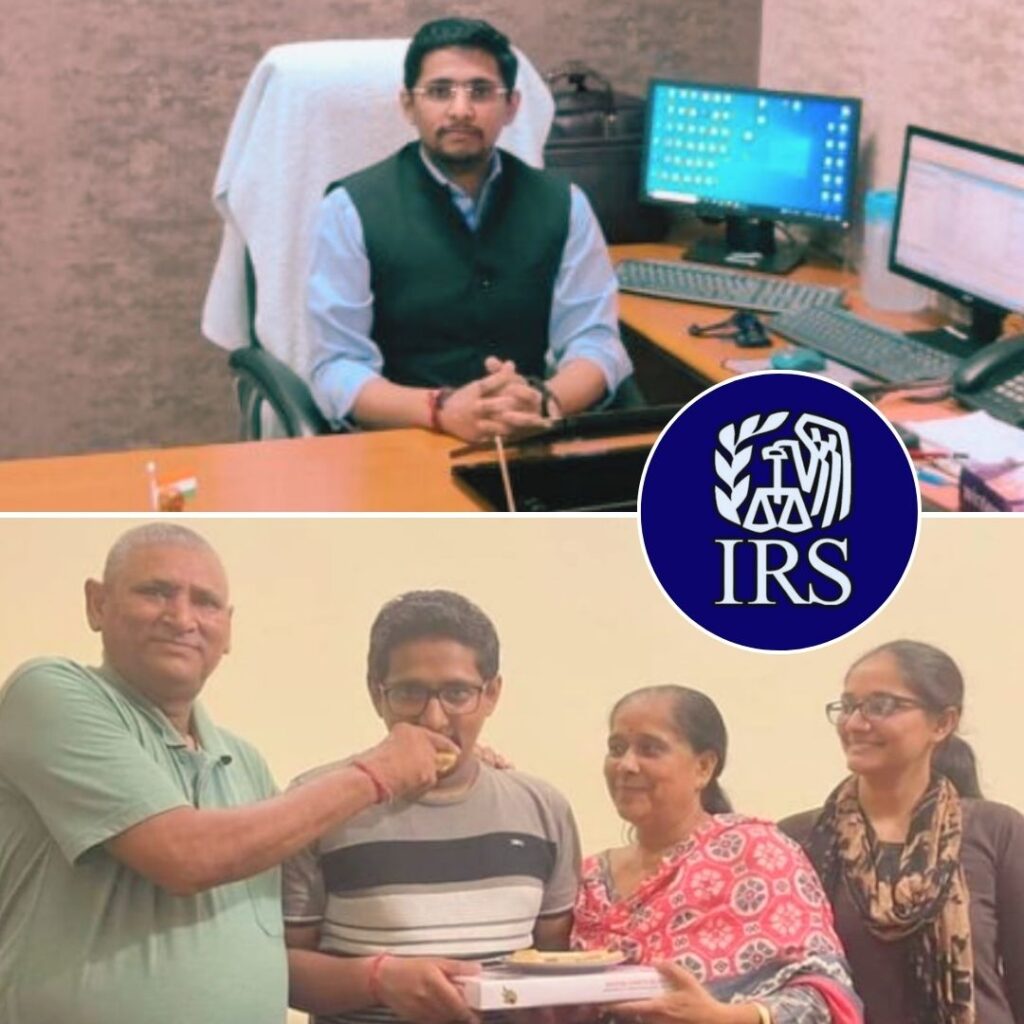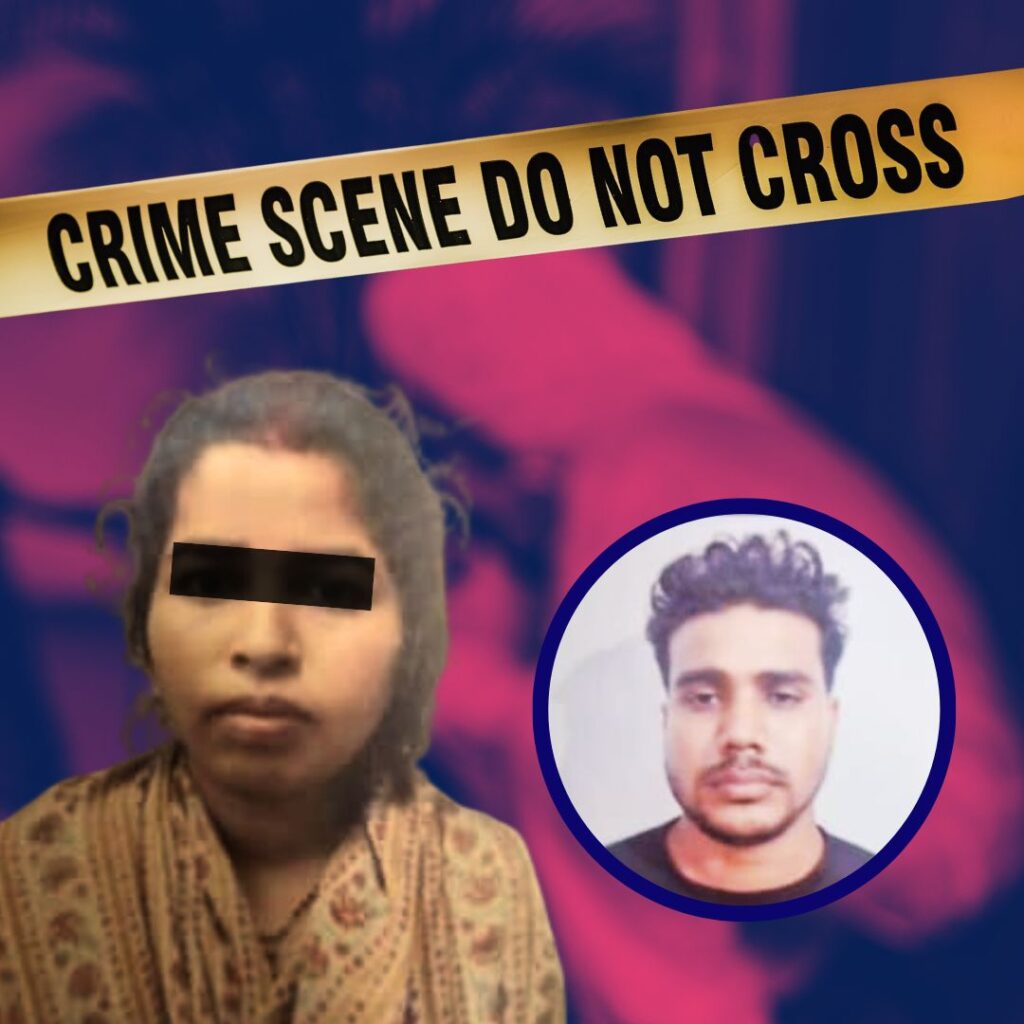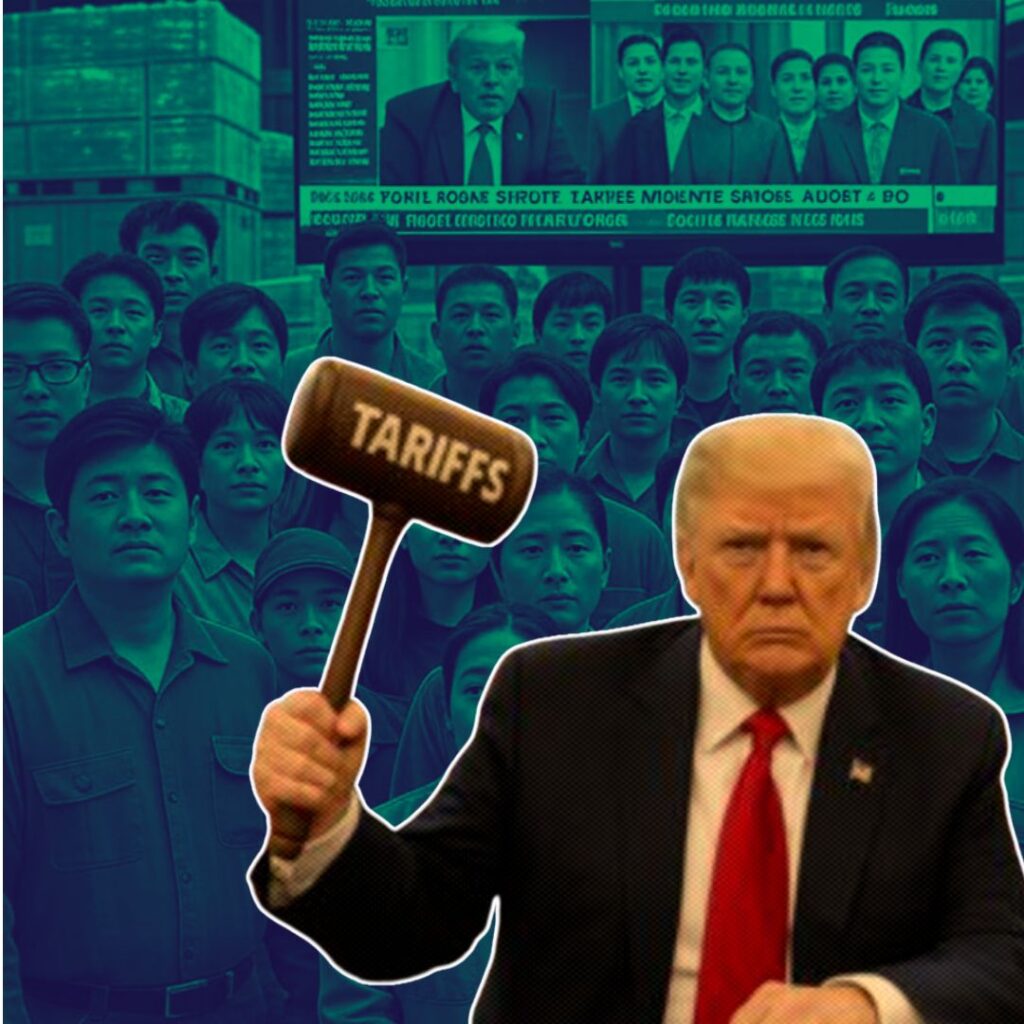Over 700 people took to the streets of Pune, Maharashtra on Sunday, 11 June, to participate in the city’s seventh annual pride parade.
Donning colourful clothes and rainbow-hued flags, the participants marched on the streets shouting slogans like “Hey, hey, ho, ho, homophobia has to go!”, “Prem mhanje prem asta, tumcha amcha same asta,” (Love is love: whether it’s yours or mine, it’s the same), and “Baghtay kay? Samil wha!” (Don’t just be an onlooker, join us).
The first edition of Pune Pride was held in December 2011. Since then, the parades have taken place every year and have inspired similar occurrences in other parts of the country.
Pune Pride is organised by Samapathik Trust, a Pune-based organisation that works for LGBTHI (Lesbian, Gay, Bisexual, Transgender, Hijara, Intersex) issues. Since its inception in 2002, the Trust has made meaningful strides in improving the health of Pune’s LGBT community.
The Samapathik Trust was founded by activist Bindumadhav Khire. Mr Khire is a software engineer and author who gave up a career in the United States to fight for the rights of India’s LGBT community.
The Logical Indian recently spoke with Mr Khire. We asked him about the meaning and objectives of pride and pride parades. Mr Khire said, “The objective of pride is not about an individual seeking attention – pride is never about one person, it’s about the community. The objective of pride is to ensure that the gay community are accepted by society. The objective is to have youngsters not be ashamed of their sexuality. The objective is to help make those stigmatised because of their sexuality see that there are thousands of others like them. The people who are out there, gay, lesbian, intersex or transgender should be happy, should get the courage to come out of the closet and demand the same rights as everybody else. That is what pride is all about.”
Pune Pride 2017 was controversial among the gay community for what the organisers demanded from participants. The organisers asked parade participants to “dress decently” and follow a certain code of conduct. Pride parades are famous for their flamboyance and colourfulness, which are meant to make a statement of being different and inclusive at the same time.
However, Mr Khire is of a different opinion. He opines that such “outrageous elements” in the gay community “who have hijacked the movement” are doing more harm than good.
“According to me, flamboyance has nothing to do with sexuality,” he said. “For every outrageously dressed person that you see and who shocks you there are 99 others who are just like you and me. We are people from all walks of life – some of us are engineers, some lawyers, some doctors, some in the police, some in the Army. We are everywhere and we are just like everybody else.”
Despite the social media backlash against the Pune Pride’s “conservative” rules (there were calls to boycott the parade from within the LGBT community), the parade was a massive success, becoming the biggest in the city history and one of the most attended throughout the country.
The parade was attended by people from all walks of life, including the elderly, who expressed their happiness over increasing visibility of the LGBT community in India. Mr Khire even hired six bouncers as private security for the parade to ensure that everything stayed under control.
He is very happy with the large turn-out and positive reception. “My objective,” he told The Logical Indian, “is to let people know that people with different sexualities are the same as straight people. Historically, society has considered those in the LGBT community as different and weird, thereby not allowing them to be normalised. If we want society to be rid of these harmful stereotypes and misconceptions then we have to show them how we are similar the gay community is to the rest of the populace. If, for example, we are looking at inclusivity at a workplace, companies need to be made to realise that hiring an openly gay or lesbian person will not be a problem to the company. On the contrary, if the company is LGBT-friendly, it will only help the closeted or non-closeted LGBT employees in that company.”
Mr Khire now plans to take the movement across Maharashtra and then across India. “Beginning July, I will take to social media to regularly post videos on issues that matter to India’s LGBT community.”
The Logical Indian take
Where does India stand when it comes to LGBT rights? The answer to that question would be “far, far away”. India is yet to decriminalise gay sex – which it legally defines as “unnatural” and couples it with bestiality – to think about societal acceptance of complete marriage equality.
After the Delhi High Court overturned Section 377 of the Indian Penal Code (that criminalises gay sex), public opinion about LGBT rights followed a positive trajectory. When the Supreme Court reinstated Section 377 in 2012. it precipitated nationwide protests. It …











